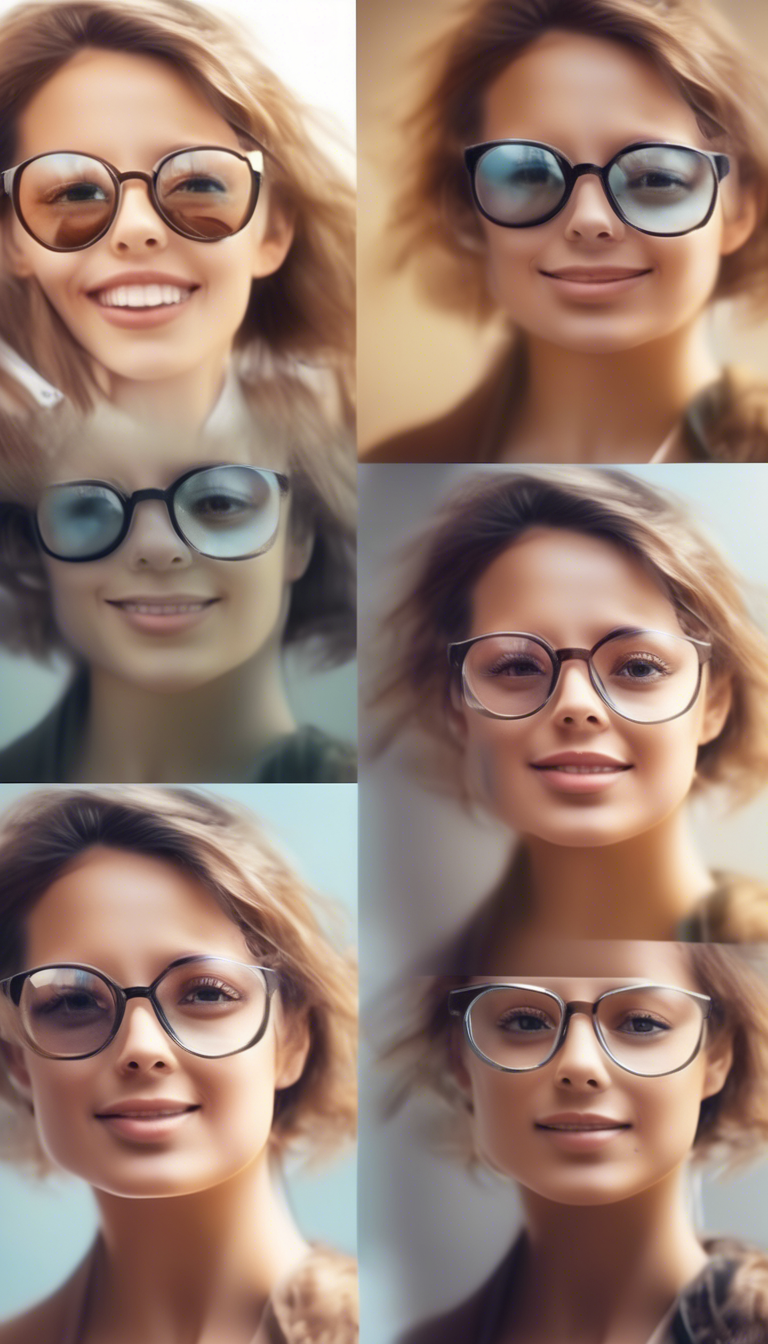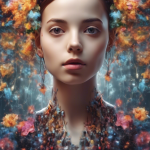The Impact of AI Image Enhancers on Modern Photography
The advent of AI image enhancers has fundamentally reshaped how photographers engage with their craft, leading to a significant shift in both the workflow and the final outcome of photography. As technology continues to evolve, these tools provide remarkable benefits that streamline editing processes and elevate the quality of images, impacting both amateur and professional photographers alike.
Understanding AI Image Enhancers
AI image enhancers utilize sophisticated algorithms to analyze photos and make enhancements. They can correct colors, remove noise, and upscale images while retaining intricate details that manual editing often misses. This is particularly beneficial in an age where high-quality images are paramount for social media, marketing, and advertising.
Some key features of AI image enhancers are:
- Automatic Enhancements: Many tools automatically adjust brightness, contrast, and saturation, allowing users to achieve optimal results quickly.
- Noise Reduction: AI tools effectively minimize digital noise, especially in low-light photos, ensuring clarity and sharpness.
- Upscaling Capabilities: These programs can enlarge photographs without losing quality, addressing the common issue of pixelation.
- Restoration of Old Photos: AI can restore faded or damaged images, making it easier for photographers to preserve history.
The Technical Evolution in Photography Workflow
Integrating AI image enhancers into the photography workflow marks a significant shift from traditional editing methods. Photographers can now focus more on the creative aspects of their work, leaving the tedious editing tasks to these advanced tools. Instead of spending hours perfecting an image, they can use AI to make rapid adjustments.
Additionally, collaboration has been enhanced. Photographers can share raw images with clients or team members, who can utilize AI enhancers to make suggestions in real-time. This not only streamlines the approval process but also fosters greater creativity, as clients can see how different enhancements affect the image.
The Impact on Professional vs. Amateur Photographers
While the benefits are pronounced for professional photographers, amateurs also reap significant advantages. Here’s how both sides benefit:
Professional Photographers
- Time Efficiency: Reducing the time spent on post-processing allows professionals to take on more projects without sacrificing quality.
- Enhanced Creativity: By automating routine tasks, photographers can focus on artistic expression and experiment with new styles.
- Consistency Across Projects: AI image enhancers can apply the same presets across various images, ensuring a cohesive look in portfolios or series.
Amateur Photographers
- Accessibility: For hobbyists, these tools eliminate the learning curve associated with complex editing software, making high-quality editing accessible.
- Confidence Boost: The ability to enhance images easily encourages amateurs to experiment more and develop their skills.
- Social Media Friendly: With the rise of platforms like Instagram, amateurs can create visually appealing content that competes with professional standards.
Challenges and Considerations
Despite the myriad advantages, photographers must be aware of potential downsides. Relying exclusively on AI tools might stifle creativity, as some photographers may skip fundamental editing principles. Moreover, over-editing can lead to images that feel artificial or lack authenticity.
It’s important for users to strike a balance. Combining the strengths of AI enhancements with personal creativity and vision can yield the best results.
The Future of Photography
As advancements in AI technology continue to unfold, the future of photography looks promising. We can expect more intuitive tools that not only enhance images but can also understand a photographer’s unique style and preferences. This will further streamline collaborative efforts and expand creative possibilities.
AI image enhancers are revolutionizing the photography landscape, creating an environment where both professionals and amateurs can thrive. By leveraging these powerful tools, photographers can focus on what they do best: capturing moments, telling stories, and expressing their unique artistic vision. As this technology matures, it will undoubtedly lead to even more transformative changes in the way we perceive and create visual art.
Exploring the Future of Creativity with AI Image Technology
In today’s fast-paced digital landscape, artificial intelligence is transforming how we create and manipulate images, ushering in a new era of creativity. With AI image technology evolving rapidly, artists, designers, and even casual users are finding it easier to generate visually stunning images that were once only the realm of skilled professionals. The future of creativity is being shaped by this exciting technology, and understanding its potential can unlock new pathways for innovation in various fields.
AI image enhancers are key players in this revolution. These tools utilize sophisticated algorithms to improve image quality, resolution, and overall aesthetics. They can take a blurry photograph and refine it into a crisp masterpiece or enhance the colors in an artwork to make the hues pop. As we explore the technological advancements in AI image enhancement, it becomes clear that the applications are only limited by our imagination.
One innovative feature of AI image enhancers is their ability to learn from a vast database of images. By analyzing countless examples, these systems develop a deep understanding of what makes an image visually appealing. With this knowledge, they can apply various enhancements that reflect current design trends or artistic styles. For users, this means not only higher-quality images but also a chance to experiment with different aesthetics without needing extensive expertise in design.
Here are some remarkable applications of AI image technology:
- Photo Restoration: Many old or damaged photos can benefit from AI restoration techniques, which can smooth out imperfections, restore faded colors, and even reconstruct missing pieces from damaged images.
- Style Transfer: This process allows users to apply the style of one image to another. Imagine taking the brush strokes of a famous painting and applying them to your own photo, creating a stunning, artistic effect.
- Image Generation: Tools like DALL-E and Midjourney have revolutionized creativity by allowing users to generate new images from text prompts. This has opened doors for graphic designers and content creators looking to generate unique images quickly.
- Real-Time Enhancements: AI image enhancers can work in real time, enabling live streamers and content creators to improve their visuals instantly, making their content more engaging and appealing to their audiences.
Another aspect of AI image technology that is exciting is its accessibility. In the past, creating high-quality designs required expert skills and expensive software. Now, with user-friendly AI image enhancers, anyone can access powerful tools from their smartphones or basic computers. This democratization of creativity means that diverse voices can contribute to the arts, leading to a richer tapestry of ideas and expressions.
However, with great power comes great responsibility. As AI image enhancers continue to grow in capabilities, ethical considerations must also be addressed. Issues such as copyright infringement, authenticity, and the potential for manipulating images can pose challenges. Society must navigate these waters carefully to ensure that creativity remains a genuine form of expression, rather than a tool for deception.
Furthermore, the collaboration between humans and AI is something that merits exploration. Rather than replacing traditional artists, AI can serve as an assistant, providing inspiration and refining ideas. This hybrid approach blends human intuition with machine precision, enabling artists to expand their creative horizons. In this sense, AI image technology might not just be a tool but a partner in the artistic process.
As we look ahead, it’s evident that AI image technology is not just advancing but also transforming the creative landscape. With each improvement in algorithms and accessibility, we are witnessing an unparalleled expansion in the potential of visual storytelling. We stand on the brink of a future where creativity knows no bounds, where artists and technologists collaborate seamlessly to bring ideas to life.
Embracing AI image enhancers offers the possibility of enhancing not just individual creativity but the collective artistic landscape. It’s essential for creators and policymakers alike to engage with this technology thoughtfully, ensuring that it serves as a bridge to new possibilities rather than a barrier to authenticity. As we navigate this exciting frontier, one thing remains clear: the future of creativity is bright, and AI is a significant part of that journey.
Conclusion
The emergence of AI image enhancers marks a significant turning point in the realm of modern photography. By elevating the quality of images with exceptional precision, these advanced tools empower photographers—from amateurs to seasoned professionals—to push the boundaries of their creative expression. The impact is profound; not only do AI image enhancers streamline the post-production process, but they also allow photographers to focus more on their artistic vision rather than getting bogged down by time-consuming editing tasks. This technological evolution invites anyone with a passion for visual storytelling to capture stunning images that resonate with audiences.
As we explore the future of creativity intertwined with AI image technology, it becomes clear that we are only scratching the surface of what’s possible. The integration of AI capabilities in photography creates a platform where creativity flourishes and innovation thrives. Photographers can generate unique styles, seamlessly blend multiple images, and even infuse their personal artistic flair into every shot. AI imagers not only enhance the technical aspects of photography but also cultivate new genres and approaches that were once unimaginable.
Moreover, the accessibility of AI enhances creative opportunities for those who may not have had the resources or skills to realize their visions before. Emerging artists can now access powerful tools that refine their work and help them develop a distinct style. This democratization of technology promises to yield a vibrant community of creators who can share diverse perspectives through their photographs.
The transformative influence of AI image enhancers suggests that the future of photography is set to be shaped by collaboration between human creativity and technological advancement. As these tools continue to evolve, they will likely inspire artists to explore novel concepts, challenge traditional norms, and redefine the way we perceive visual art. By embracing this synergy, both photographers and audiences can look forward to an exciting era where creativity knows no bounds. The potential of AI image enhancement not only revitalizes the medium but also encourages a fresh dialogue around the art of photography itself.


